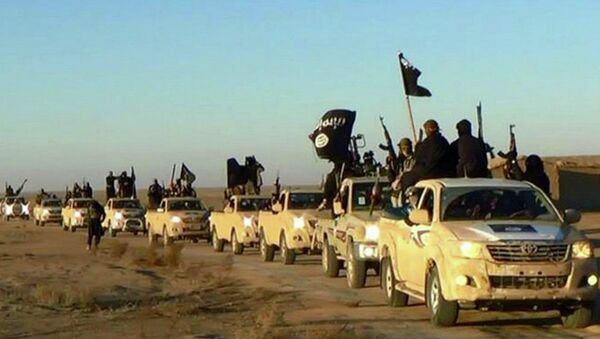Protests against the Syrian government began in 2011. Contrary to Western media claims, the protests were neither peaceful nor large. They did however reflect a genuine groundswell of opposition to the Syrian government, which however continued to enjoy support.
The only appropriate response was to do everything possible to seek a peaceful outcome through negotiations. That was the position taken by the Russian and Chinese governments, which urged the Syrian government to hold a dialogue with its opponents, which it agreed to do.
The story of the Syrian conflict has been how every attempt to establish such a dialogue has been thwarted by the US and its allies.
Early in 2011 the US government publicly declared that Bashar Assad, Syria’s President, had “lost his legitimacy”.
This is to engineer by whatever means possible the overthrow of President Assad.
In October 2011 the US government made its first attempt to obtain a Chapter VII Resolution from the Security Council to attack Syria. When that failed the US together with its Gulf allies wrecked an Arab League peace plan put together in November 2011 that might have brought peace.
The US then in May 2012 wrecked the subsequent peace plan put together by former UN Secretary General Kofi Annan by insisting on President Assad’s resignation as a precondition for negotiations.
That would have transformed the negotiations from a genuine dialogue into a simple mechanism to set up a government of the US’s choice in Assad’s place.
The failure of “Operation Damascus Volcano” was followed by a further attempt in August 2013 to attack Syria, justified this time by a chemical attack in the Damascus suburb of Ghouta.
The defeat of that attempt, caused by opposition from Russia and the Western public, resulted for a time the balance of the conflict tipping back in the Syrian government’s favor.
This was unacceptable to the US, and reports throughout 2014 and 2015 spoke of more help to the Syrian rebels.
The result in recent weeks has been rebel advances in various parts of Syria, and the recent capture by the rebel forces of the Islamic State of the ancient city of Palmyra, whose monuments are now threatened.
The sum total of this policy is that almost half of Syrian territory is now controlled by the Islamic State, with which (unlike the Syrian government) the US is nominally at war.
As early as 2012 it had become obvious that the inevitable result of the overthrow of the Syrian government would not be Syria’s transition to Western-style democracy but to militant anti-Western jihadism.
So it has proved. The option of negotiations that might have avoided this outcome was however never followed.
The US chose instead escalation at every turn, pursuing its goal of overthrowing President Assad with an obsessive single-mindedness which in light of the entirely predictable consequences, looks frankly demented.
If it now reaps the whirlwind, after having sowed the storm, it will have no-one to blame but itself.




